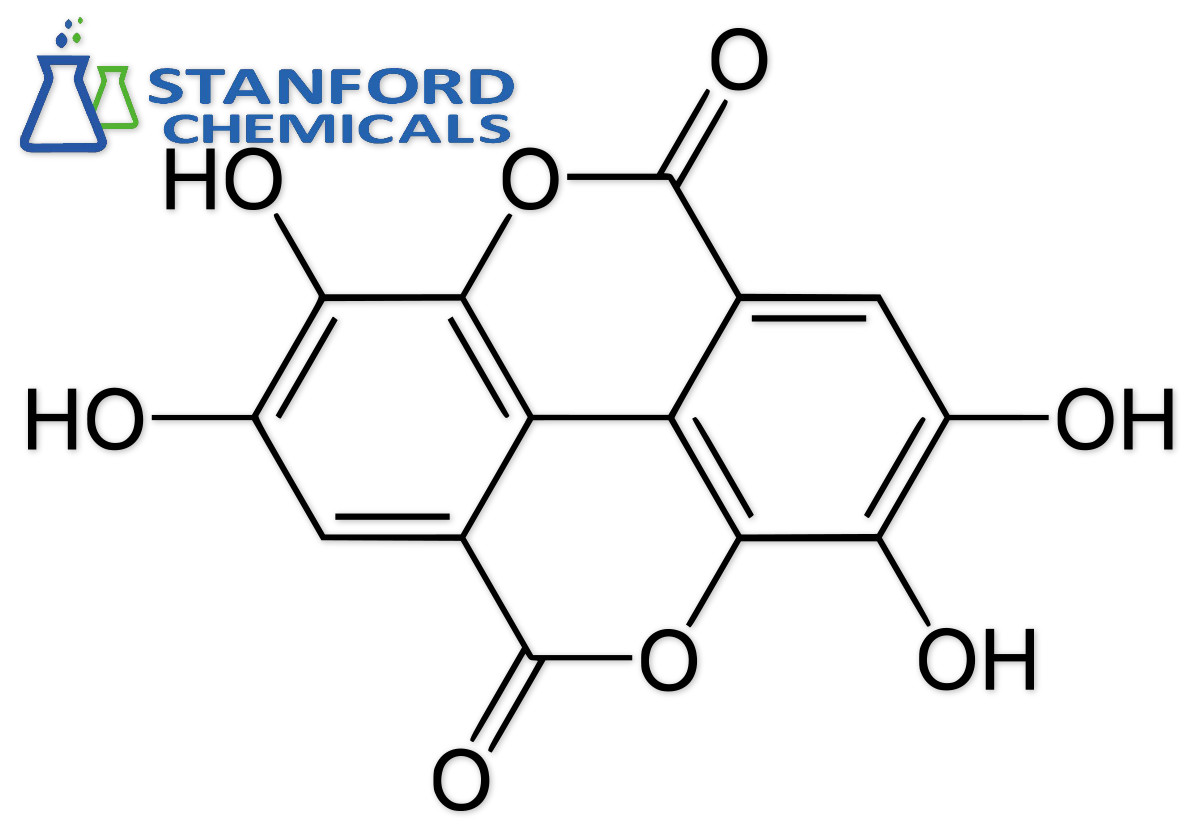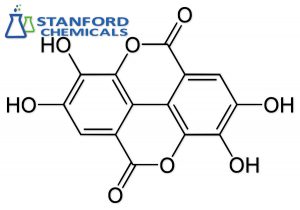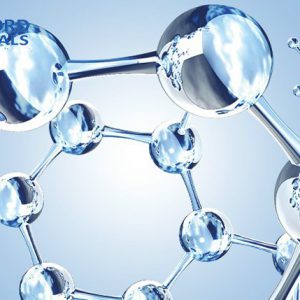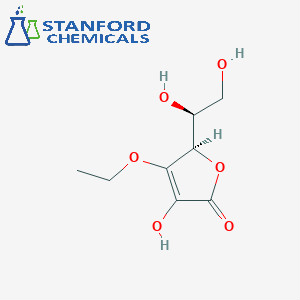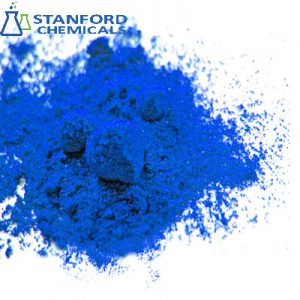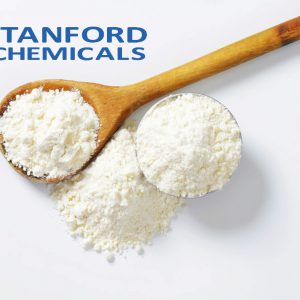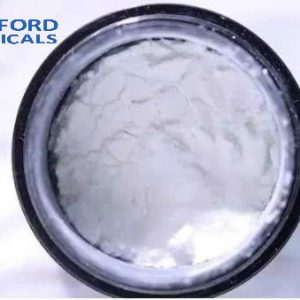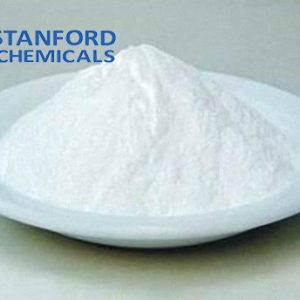- Home
- Cosmetics & Personal Care
- 070-000-341 Ellagic Acid, CAS 476-66-4
070-000-341 Ellagic Acid, CAS 476-66-4
| Synonyms | Gallogen, Lagistase, TBBD |
| Keywords | Anti-oxidation, whitening |
| Related products | Capryloyl Salicylic Acid, Nicotinamide Riboside, β-Nicotinamide mononucleotide, Vitamin C, Grape Seed Extract |
- Description
Description
Description
Ellagic Acid Specifications
| Product Name | Ellagic Acid |
| CAS Registry Number | 476-66-4 |
| Molecular Formula | C14H6O8 |
| Molecular Weight | 302.2 g/mol |
| Purity | 99 % |
| Appearance | White powder |
| Package | 1kg-25kg |
| Shelf life | 2 years |
| Functions | Anti-hyperplasia and anti-oxidation |
Ellagic Acid Description
Ellagic Acid is a polyphenolic antioxidant that is abundant in many fruits, vegetables, plant bark, and peels. It has anti-carcinogenic, anti-mutagenic, anti-inflammatory, and organ-preserving properties, presumably related to its ability to alter cytochrome P450 activity and improve metabolism and clearance of xenobiotics, as well as alter immune function.
Ellagic acid is used for cancer, dark skin patches on the face (melasma), memory and thinking skills (cognitive function), diabetes, and many other purposes.
Ellagic Acid Applications
- Prevent skin darkening in skincare products
Reference:
- Selvi, B.R., Batta, K., Kishore, A.H., et al. Identification of a novel inhibitor of coactivator-associated arginine methyltransferase 1 (CARM1)-mediated methylation of histone H3 Arg-17. The Journal of Biological Chemisty 285(10), 7143-7152 (2010).
- Paluszczak, J., Krajka-Kuzniak, V., and Baer-Dubowska, W. The effect of dietary polyphenols on the epigenetic regulation of gene expression in MCF7 breast cancer cells. Toxicology Letters 192(2), 119-125 (2010).
- Allen, C.T., Peden-Adams, M.M., EuDaly, J., et al. Subchronic exposure to ellagic acid impairs cytotoxic T-cell function and suppresses humoral immunity in mice. Immunopharmacol.Immunotoxicol. 25(3), 409-422 (2003).

